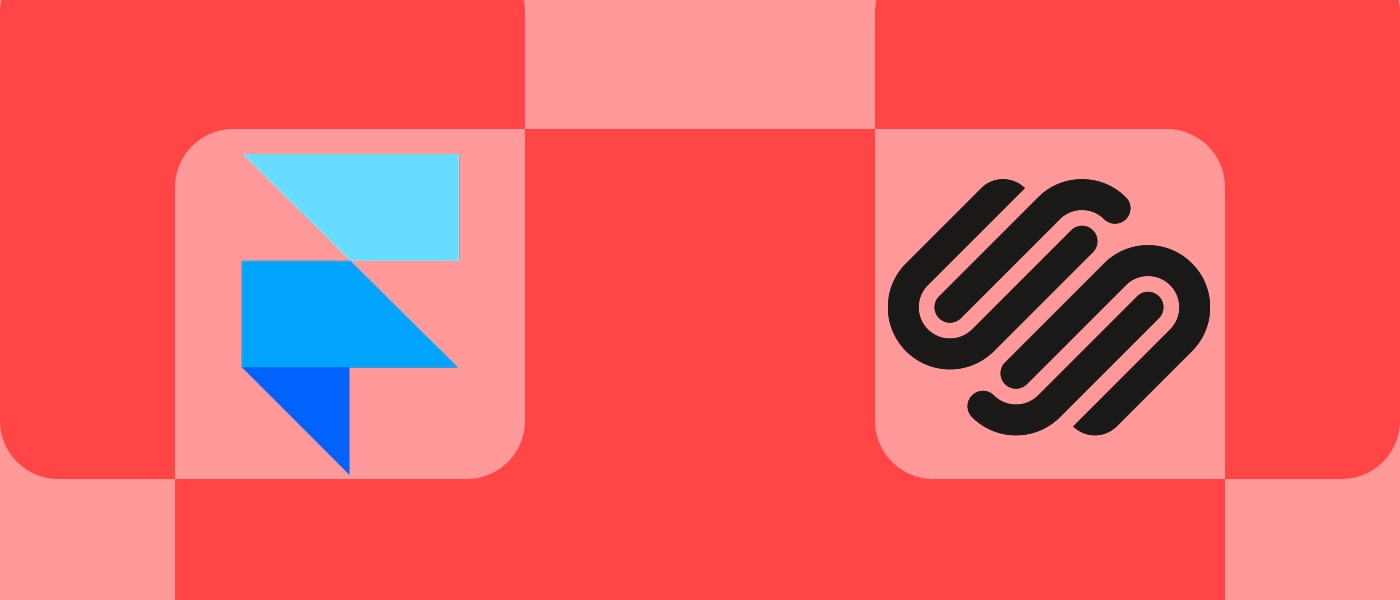Introduction to ChatGPT from a Developer's perspective

The ChatGPT API, developed by OpenAI, has impressive language processing capabilities based on tokens, making AI more accessible and useful for a wide range of organisations and individuals. In this article, we explore some of the key areas of OpenAI's research and how they are advancing the field of AI.
Introduction
Natural language processing (NLP) has revolutionised the way we interact with technology, enabling machines to understand and respond to human language in a way that was once thought impossible. One of the most exciting recent developments in this field is the ChatGPT API, a powerful tool for creating natural language processing applications.
Developed by OpenAI, a research organisation that is dedicated to creating artificial intelligence in a way that is safe and beneficial for humanity. One of the main areas of focus for OpenAI is developing advanced AI models that can perform a wide range of tasks, from generating text and completing code to creating images and fine-tuning models. In this article, we will explore some of the key areas of OpenAI's research and how they are advancing the field of AI.
Text Completion
One of the most impressive areas of OpenAI's work is in the field of text completion. Their latest model, GPT-4, has the ability to generate human-like text, complete sentences, and even write entire essays or articles. This has significant implications for industries such as journalism, marketing, and content creation, where human-written content is expensive and time-consuming to produce. OpenAI's models can also be used for chatbots and virtual assistants, where the ability to generate natural language responses is critical.
Code Completion
OpenAI has also been working on developing AI models that can complete code. This has the potential to revolutionise the way developers work, by automatically suggesting code snippets and completing repetitive tasks. OpenAI's Codex, for example, can generate code based on natural language descriptions, making it easier for non-programmers to interact with code. Code completion models can also help reduce errors and improve code quality, making development more efficient and effective.
Image Generation
Another area where OpenAI has made significant strides is image generation. Their models can produce realistic and highly-detailed images, from simple line drawings to photorealistic portraits. This ability has been leveraged by numerous applications, from creating virtual environments and video games to generating product images for e-commerce sites. OpenAI's models can also be used for art and design, enabling artists to quickly create concept art or produce new ideas for their work. Imagine being a graphic designer nowadays…
Fine-Tuning
OpenAI's models are not only impressive on their own, but they also have the ability to be fine-tuned for specific tasks. This means that developers can take a pre-trained model and modify it to perform a specific task, such as sentiment analysis or language translation. Fine-tuning can significantly reduce the time and resources needed to develop a new AI model, making it more accessible for smaller organisations and individuals too.
The Basics (Tokens)
ChatGPT is an artificial intelligence language model that has been trained on vast amounts of text data, allowing it to generate highly realistic and coherent responses to a wide range of inputs. To achieve this impressive capability, ChatGPT relies on a complex system of building blocks called tokens, which form the basis of its language processing capabilities.

At its core, ChatGPT is a neural network model, meaning that it consists of interconnected nodes that work together to process input data. In the case of natural language processing, these nodes are designed to recognise patterns and relationships between words and phrases, allowing the model to generate responses that are similar in style and tone to human language.
To achieve this level of sophistication, ChatGPT breaks down language into its smallest units, called tokens. Tokens are essentially building blocks of language, representing individual words, phrases, and punctuation marks. By breaking down language into these small units, ChatGPT is able to analyse and process language in a highly granular way, allowing it to generate responses that are both accurate and natural-sounding.
To train ChatGPT, developers feed the model vast amounts of text data, which it uses to learn the patterns and relationships between tokens. Over time, the model becomes increasingly adept at processing language, allowing it to generate responses that are highly realistic and sophisticated.
One of the key advantages of ChatGPT's token-based approach is its flexibility. Because tokens can represent a wide range of linguistic units, from individual words to entire phrases, the model can be trained on a wide variety of text data, from social media posts to academic papers. This flexibility allows ChatGPT to generate responses that are highly contextualised and tailored to specific domains and use cases.
Another advantage of ChatGPT's token-based approach is its ability to learn and adapt to new information. Because the model is trained on a vast corpus of text data, it is able to recognise new words and phrases that it has not encountered before, allowing it to generate responses that are up-to-date and relevant.
While tokens are a critical building block of ChatGPT's language processing capabilities, they are just one part of a much larger system. To achieve its impressive language processing capabilities, ChatGPT relies on a complex system of interconnected nodes and layers, each of which plays a critical role in analysing and processing language.
Conclusion
In conclusion, OpenAI's research into text completion, code completion, image generation, and fine-tuning has the potential to revolutionise numerous industries and change the way we interact with technology. Their models are not only impressive on their own, but they also have the ability to be modified and adapted for specific tasks, making AI more accessible and useful for a wide range of organisations and individuals than ever. As AI continues to evolve, it is likely that we will see even more exciting developments from OpenAI and other organisations working in this field. We can even expect some interesting developments from ChatGPT itself, as actually parts of its code have been written by the programme itself.
We hope that you found this blog post useful! Do not hesitate to follow us, so you won’t miss interesting stories in the future either. This article was provided by Dávid Horváth. Melinda Havas, Head of Marketing & Business Development revised the content and formed it into this blog post.
Image generation gif: Gautam, T. (2021) OpenAI's future of vision with Dall-E: Creating images from text, Analytics Vidhya. Available at: https://www.analyticsvidhya.com/blog/2021/01/openais-future-of-vision-with-dall-e-creating-images-from-text/ (Accessed: April 15, 2023).













